Xinjiang Weather
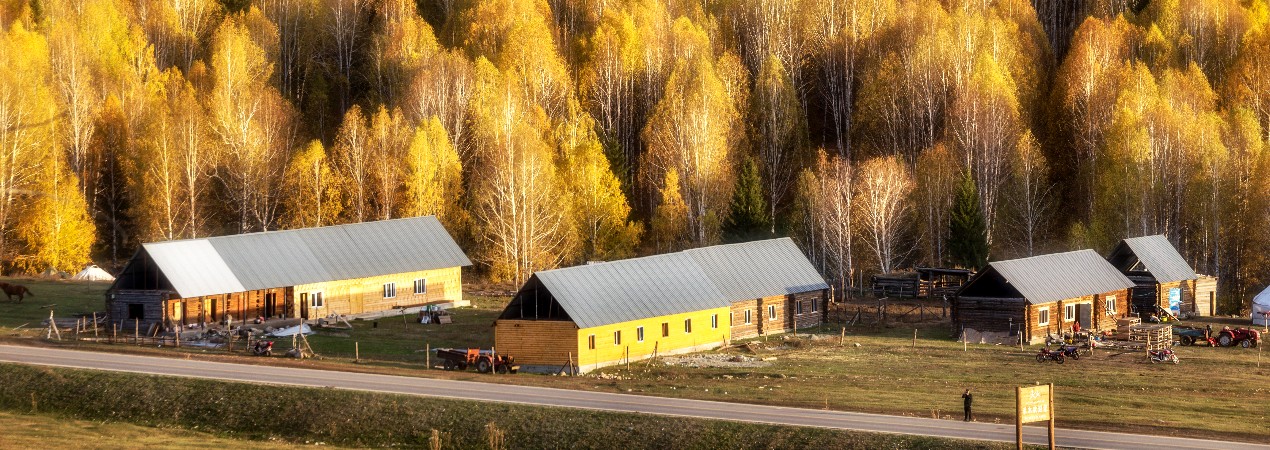
How is the weather in Xinjiang?
Xinjiang's climate is influenced by its topography, location, and altitude. Located between the Junggar and Tarim Basins, far from the ocean, and situated at mid-latitudes, Xinjiang has an arid climate, with little precipitation and large temperature fluctuations. Annual precipitation is only about 150 millimeters.
Xinjiang Average Climate by Month
| Jan | Feb | Mar | Apr | May | Jun | Jul | Aug | Sep | Oct | Nov | Dec | |
| High (℃) | -3 | -7 | 10 | 20 | 29 | 32 | 31 | 29 | 20 | 12 | 3 | -5 |
| High(℉) | 26.6 | 19.4 | 50.0 | 68.0 | 84.2 | 89.6 | 87.8 | 84.2 | 68.0 | 53.6 | 37.4 | 23.0 |
| Low (℃) | -13 | -15 | -1 | 4 | 7 | 12 | 20 | 19 | 10 | 5 | -5 | -14 |
| Low(℉) | 8.6 | 5.0 | 30.2 | 39.2 | 44.6 | 53.6 | 68.0 | 66.2 | 50.0 | 41.0 | 23.0 | 6.8 |
Spring
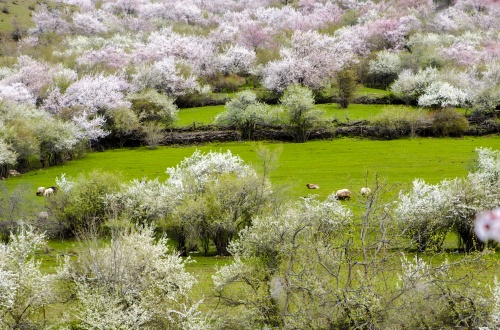
Weather: Spring in Xinjiang is very short. Although the temperature is warmer than in winter, it is still cold in March and April. By May, the weather turns warm, flowers are in bloom, and the scenery is pleasant. However, there may be strong winds and sandstorms in spring. If you travel to Xinjiang during this time, you need to take protective measures.
Clothing: Spring makes perfect sense for dressing in layers. Start with a thin, long-sleeved undershirt and put on a medium-thick sweater. When it's cooler outside, add a light jacket or a thin down coat. When it gets warmer, any outer layers can be easily removed.
Things to do: In spring, apricot blossoms bloom across various parts of Xinjiang, especially in Kashgar and Turpan. During this time, you can stroll through the apricot blossom forests to enjoy the charming scenery, and also experience the local culture and cuisine during the local apricot blossom festivals.
Summer
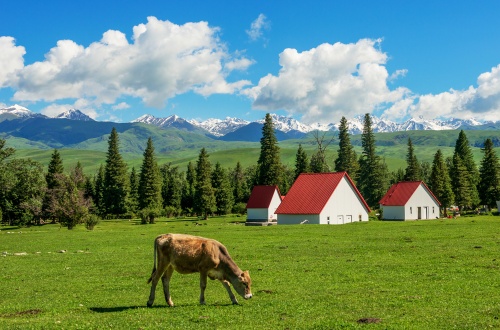
Weather: Xinjiang is hot and dry in summer, with daytime temperatures ranging from 25℃ to 40℃. The weather in northern regions such as Urumqi, Yili, and Kanas is relatively cool and humid, making it the best time to enjoy the beauty of alpine lakes and grasslands. This is also the best time to taste Xinjiang fruits. If you travel to Xinjiang at this time, you should pay attention to sun protection and prepare sunscreen products.
Clothing: The temperatures in mid-August are very high. Short-sleeved shirts that are light and breathable, long skirts that are flowing and lightweight are recommended. A water bottle filled with water is good to carry while one goes outside for hydration. One will need sunglasses and an umbrella while going out.
Things to do: Summer is the perfect time to admire lavender fields and rapeseed blossoms, with grasslands, lakes, and snow-capped mountains complementing each other beautifully. Northern Xinjiang's scenery is at its peak this season. You can explore the fairyland-like Kanas Lake, Hemu Village, and Wucai Beach(Colorful Beach).
Autumn
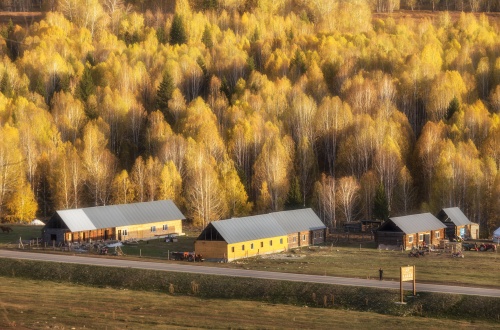
Weather: Autumn is the best time to visit Xinjiang. During this time, Xinjiang has a mild climate, with average temperatures ranging from 10°C to 25°C. This is also the time of year when Xinjiang has the most sunny days, making it a great time to explore the historical and cultural sites of southern Xinjiang and the natural beauty of northern Xinjiang.
Clothing: Wear summer clothes and bring your long sleeves, trousers, overcoats, and wind-proof coats, in case the temperature drops.
Things to do: At this time, the climate is cool and the air is filled with the fragrance of melons and fruits, making it the best season to visit southern Xinjiang. You can experience the colorful ethnic customs of Kashgar, feel the vastness of the Pamir Plateau, admire the grandeur of the Kunlun Mountains in Hotan, and explore the desert scenery of Kuqa and the mysterious Kuqa Grand Canyon.
Winter
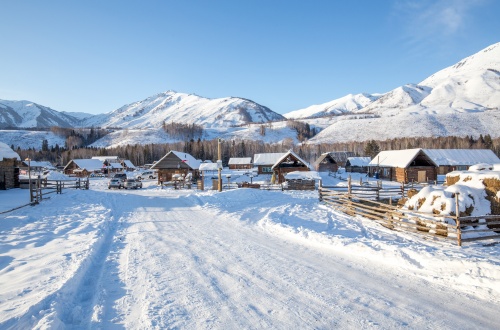
Weather: Xinjiang's winters are long and cold, with temperatures dropping below freezing, occasional snowfall, and strong winds. Northern Xinjiang is particularly cold, with the average temperature in Urumqi dropping to -15°C or lower in January. Southern Xinjiang is relatively warm, with an average temperature of around -5°C. Winter trips to Xinjiang offer opportunities for skiing, ice skating, and other activities.
Clothing: Keep your clothes, footwear, and gloves dry. Avoid wearing tight-fitting clothing to prevent poor blood circulation and frostbite. Wear at least three layers. Start with a soft, natural, snug-fitting base layer or thermal underwear, then add woolen pullovers, and finish with a down jacket. Add more layers in worse weather.
Things to do: Xinjiang in winter offers visitors unique snow scenes and a variety of snow activities. At this time, the vast snowfields and magnificent snow-capped mountain views provide distinctive visual enjoyment. A variety of snow activities such as skiing, snowmobiling, and ice sculpture viewing add endless fun to your journey.
Drop us a line and we'll connect you with the top China expert in no time!